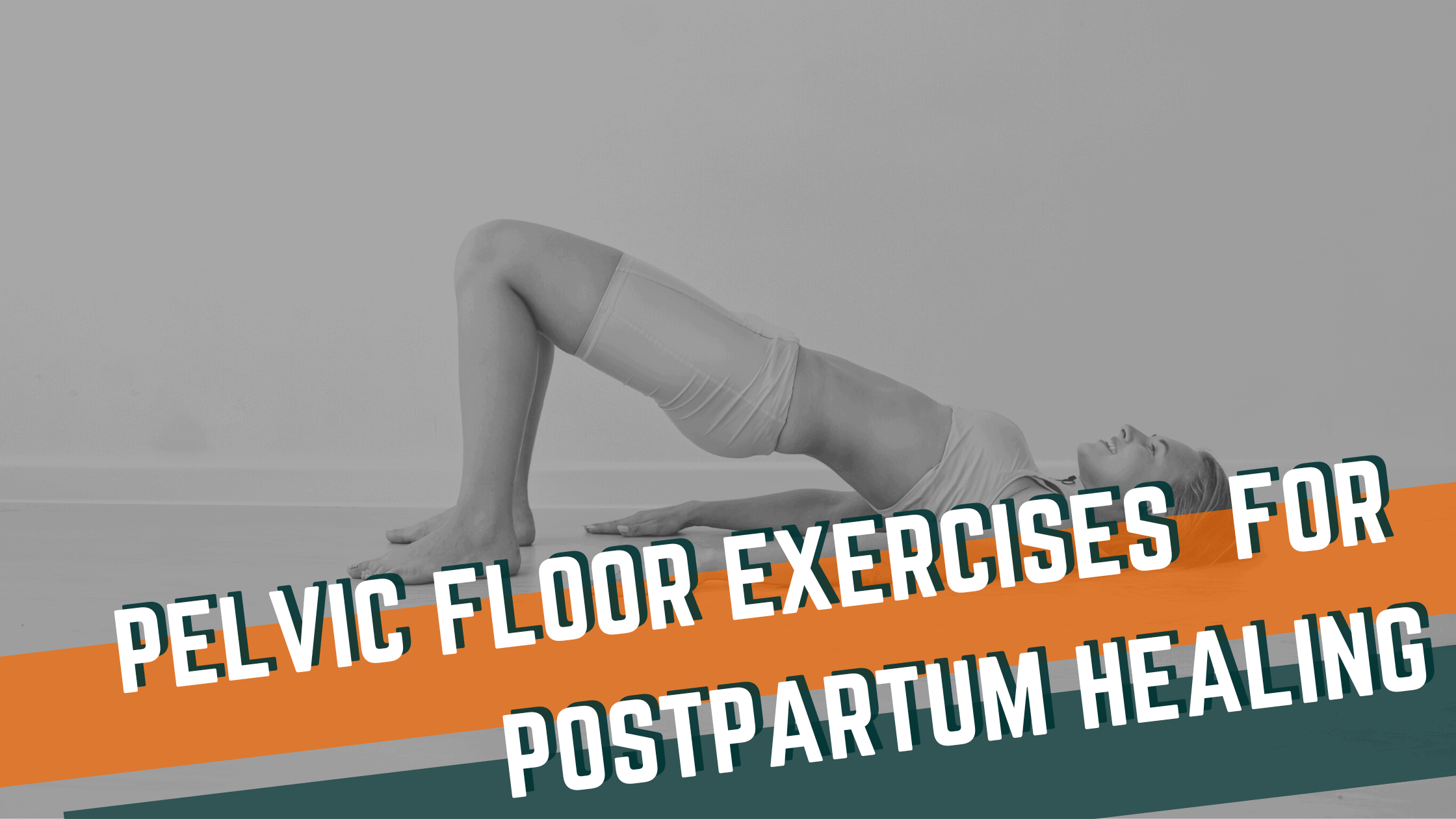
Diastasis recti refer to the formation of a gap between the two sides of the rectus abdominis muscle (your six-pack muscles). It is important to note that Diastasis Recti is a 100% normal occurrence during pregnancy. This muscle is stretched out to accommodate your growing fetus. Additionally, it is also normal for this to remain present for a period of time postpartum. Some studies show as many as 50-55% of women have continued diastasis recti at 6 weeks postpartum. But if we want to rebuild our fitness postpartum understanding diastasis recti is an important concept.
When returning to any exercise postpartum, there are a few things we want to look for. Ultimately, we want to ensure we aren’t overdoing things. For instance, some of those include leaking, heaviness of the vagina, pain with sex, and coning / doming.
Certainly, the coning/doming is what is most related to the separation of the abdominal muscles with diastasis recti. This small protrusion is a sign of abdominal pressure being higher than the abdominal wall is ready for. When we see coning/doming we will typically alter an exercise or slightly decrease the intensity. To clarify, the goal is to alter the exercise to a level at which pressures can be better controlled.
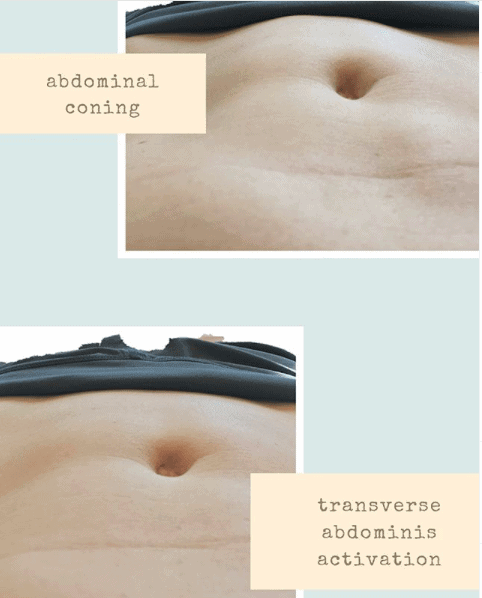
How to Reduce Diastasis Recti After Pregnancy:
For those with coning / doming issues with exercises, we have several options to keep your fitness moving forward. For example, backing down our abdominal strength exercises to where we are regaining control is a great start. Next, we’ll cover 3 drills to do that:
9090 Breathing with Abdominal Contractions
Hollow Body Holds
Demonstrated below are the typical hollow body hold we would see an athlete in a CrossFit class do. For the postpartum athlete, we will work on developing control of all abdominal muscles. So in this case, I’ll have women hold one hand on their core to feel for their six-pack muscles. During hollow holds, we’ll find the hardest version we can handle. Again, without the six-pack muscles protruding above the other abdominal muscles.
Weighted Marches
Many of the women we treat are getting back to running or functional fitness. So, we utilize weighted carries to challenge the body as an entire unit. Again, watching for coning/doming during these exercises.
If you are dealing with persistent diastasis recti issues, we’d love to game plan a long-term solution for you! Schedule an appointment today with one of our Diastasis experts for an assessment and treatment plan!
Recent Articles
The Role of Manual Therapy in Treating TMJ Disorders
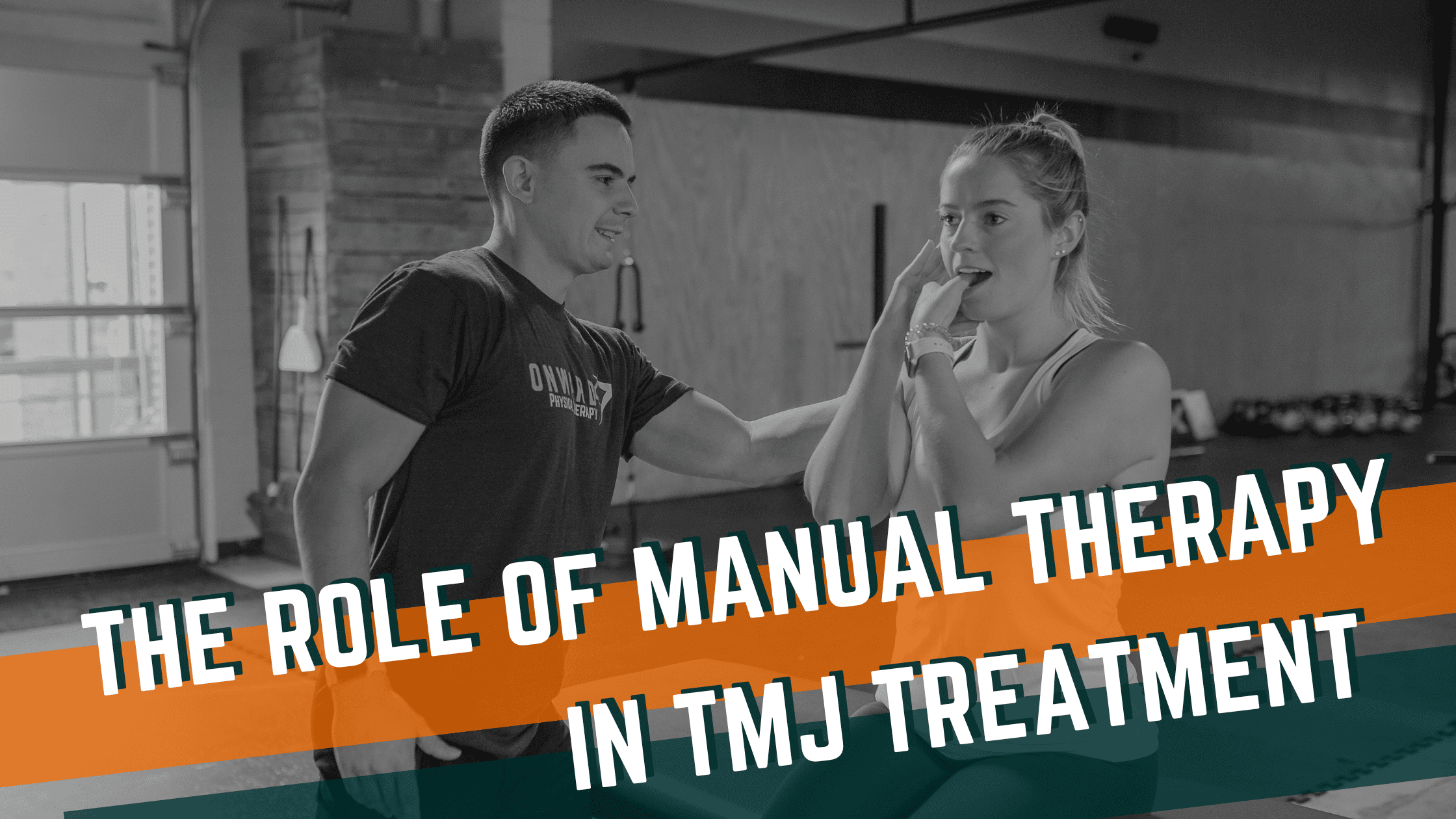
Achilles Tendonitis: Diagnosis & Treatment
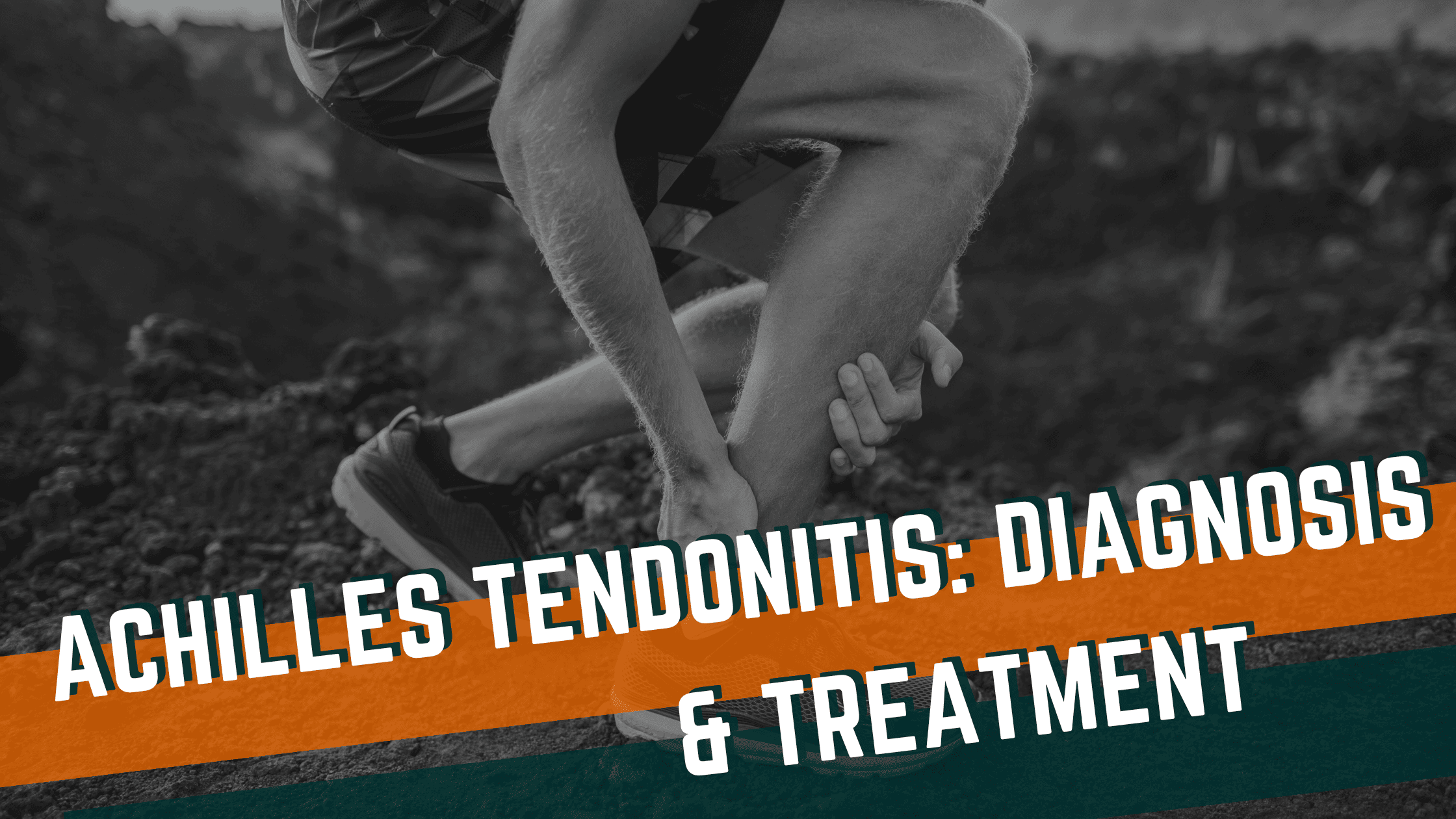
Hip Pain in Runners

A Guide to Conditions Treated with Dry Needling
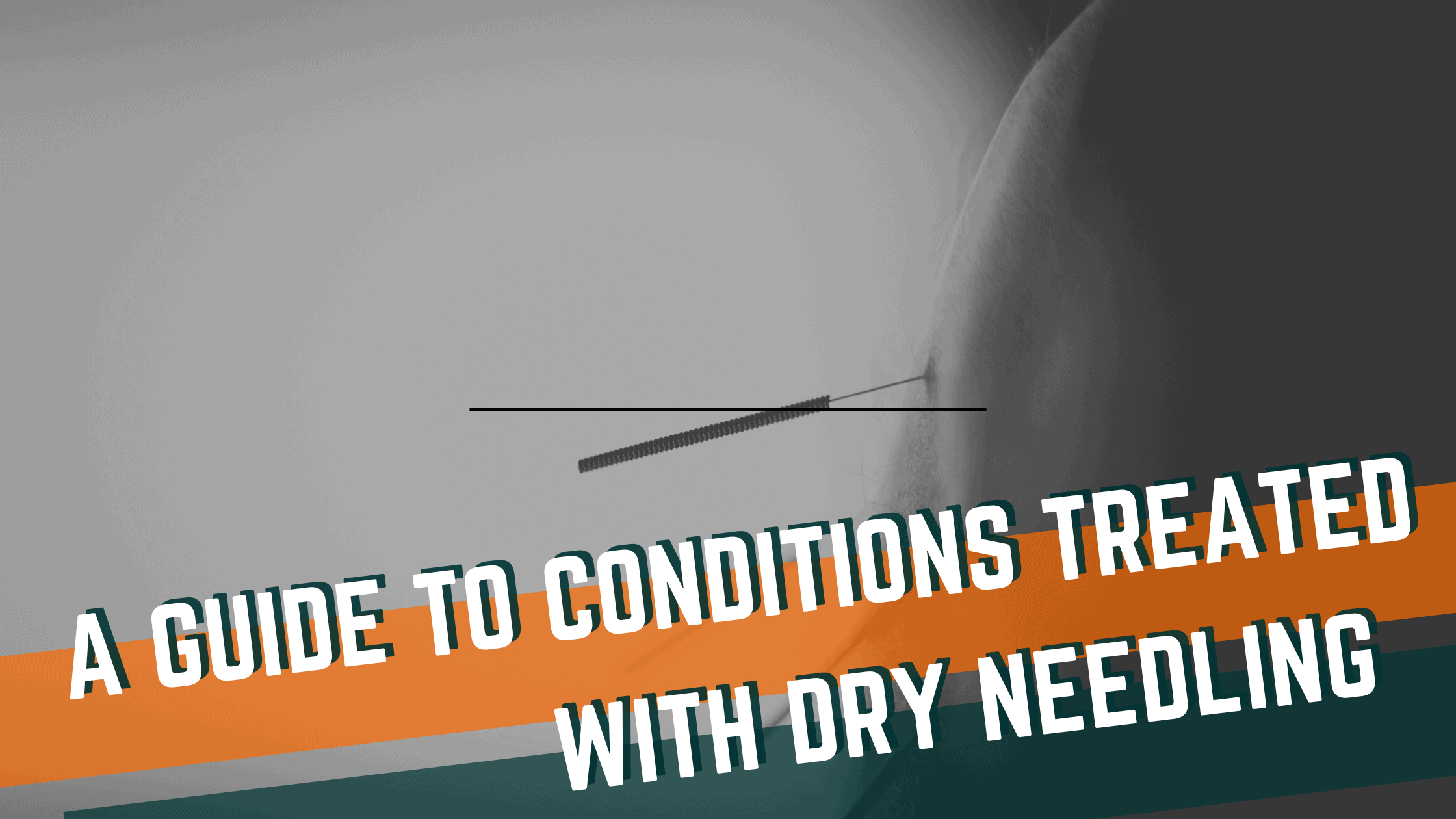
Reconnect to the CORE Postpartum: Pelvic Floor Exercises for Postpartum Healing
